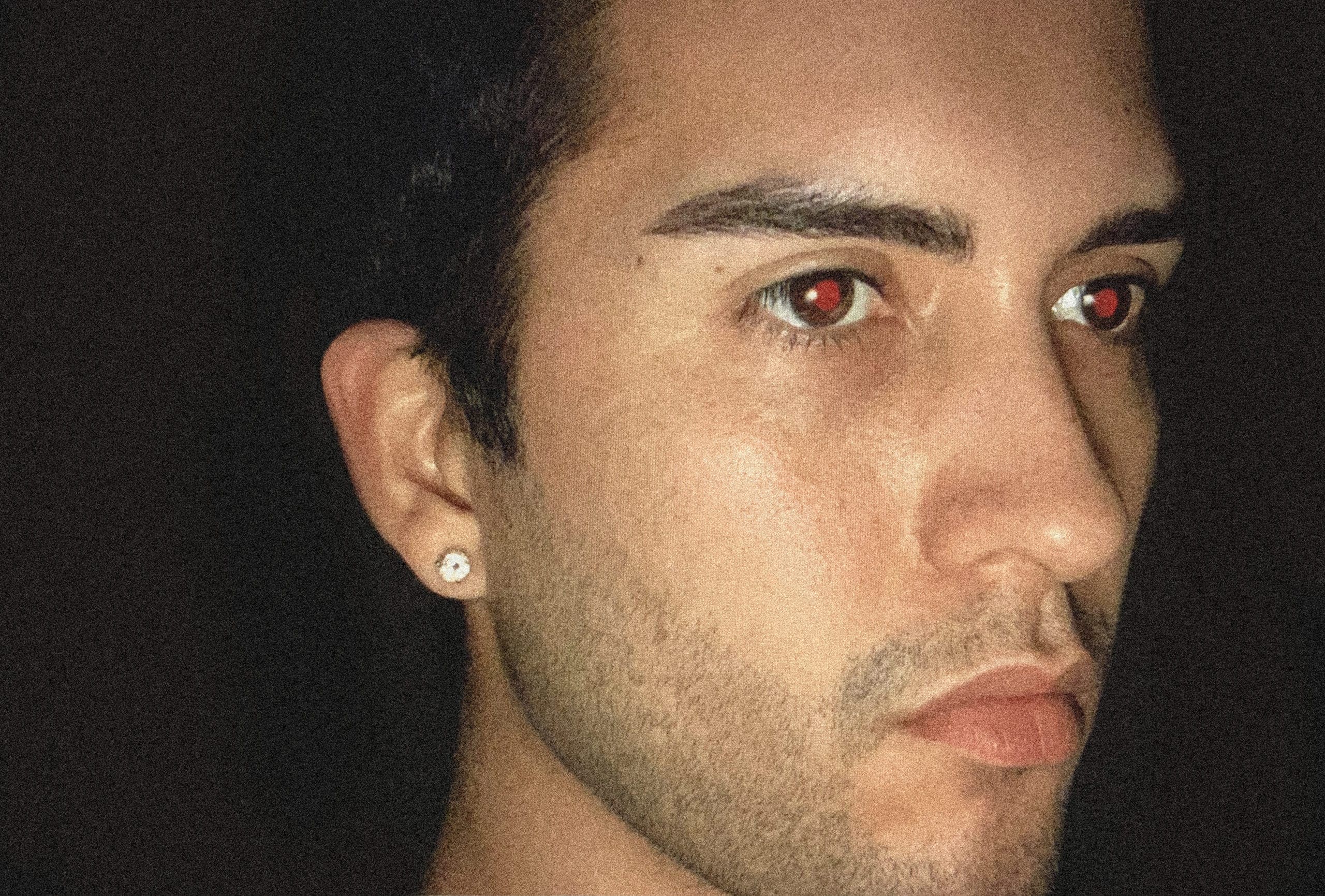
How would you describe SEVALI’s aesthetic and brand ethos?
We define what we do as ‘upcycled couture’, we aim to push the limits of upcycling by experimenting with unusual materials, ultimately aiming to question the common practices of the fashion industry. Our pieces often feature aesthetic reinterpretations of dress codes from the 90’s and 00’s. We are a sustainable brand that doesn’t really play by pre-existing rules.
We are a sustainable brand that doesn’t really play by pre-existing rules.
What is the most outlandish item you’ve repurposed? How does starting with what’s available rather than with something raw, with seemingly “endless” limits, influence the final outcome?
We have worked with different materials for every collection. For example, we’ve previously rescued some abandoned flower printed mattresses from the streets of Paris and (after a long restoration process) turned them into oversized jackets that became part of the opening looks of Collection_02. This season, we found a car cemetery from which we extracted some leather car seats and car seat belts. They ended up becoming jackets, bodysuits and harnesses.
Found objects and vintage clothes have a very special energy a raw material will never have. We seek to highlight that energy in our designs. I think there are also endless possibilities in repurposing items. It is interesting to see the final outcome of the “new” product because it always keeps the essence from the item it was constructed.
Found objects and vintage clothes have a very special energy a raw material will never have.
What was the story behind your pyjama-themed capsule launch with L’INSANE in Paris, and the in-store installation afterwards?
The capsule collection for L’Insane consisted of a range of pieces inspired by loungewear and pyjamas. We had deconstructed t-shirt dresses, upcycled pyjama sleeping gowns and bedsheet dresses as part of the collection. We developed the whole idea for the launch event around the concept of “Pyjama Party.” Creating a teenage bedroom installation within the shop became an integral part of achieving this mood. Guests arrived wearing pajamas and we danced to 2000’s hits the whole evening, it was great.
What has your process of adapting to quarantine looked like?
I have used this time to reflect where we want to go as a brand and to plan the upcoming year. Working from home has been very inspiring creatively.
Working from home has been very inspiring creatively.
How, in the context of COVID-19, can we continue to confront the fashion industry’s murky accountability problem? What are your hopes for our post-pandemic habits and mentality?
I think that the worst-case scenario post-pandemic would be that nothing really changes. This period of time during the crisis is giving all us the chance to restart and to reevaluate our practices from a personal and professional level. I think it is a unique opportunity for the fashion industry to leave behind irresponsible practices and to take real measures.


